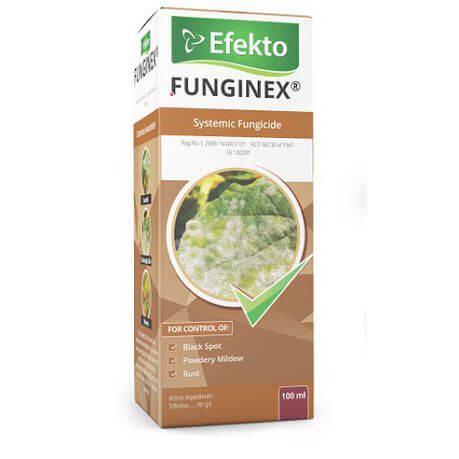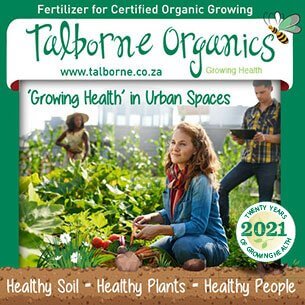How To Use Funginex And Everythign you need to know about Funginex
Funginex Product Overview: Funginex, a systemic fungicide, is highly regarded for providing long-lasting protection against a variety of fungal diseases. It integrates into the plant’s sap system, offering both preventive and curative solutions. Funginex’s effectiveness, especially as a rose fungicide, makes it a favored choice among home gardeners.
How to Get the Best Results with Funginex:
- Systemic Funginex Protection: By entering the sap stream, Funginex ensures comprehensive protection of the entire plant, including new growth.
- Optimal Timing for Funginex Application: Apply Funginex at the initial signs of disease or as a preventive measure during conditions that promote fungal growth.
- Accurate Funginex Dosage: Follow the Funginex dosage and dilution guidelines to achieve the best balance between efficacy and plant safety.
Funginex Usage Areas:
- Ornamental Plants: Funginex is highly effective on ornamentals, especially roses, combating diseases like black spot, powdery mildew, and rust.
- Edible Crops: Funginex is also suitable for several edible crops, offering protection against diseases like powdery mildew and rust.
Target Diseases for Funginex:
- Powdery Mildew: Funginex effectively controls this widespread issue in both ornamentals and edibles.
- Black Spot and Rust: Funginex is particularly effective against these diseases in roses and other ornamental plants.
Funginex Application Tips and Techniques:
- Uniform Funginex Coverage: Achieve comprehensive coverage of plant foliage for effective disease control with Funginex.
- Regular Monitoring and Funginex Reapplication: Monitor plants for signs of fungal diseases and reapply Funginex following the label instructions.
Funginex Safety and Environmental Considerations:
- Personal Safety with Funginex: Utilize protective gear when handling and applying Funginex.
- Environmental Impact of Funginex: Use Funginex responsibly, considering its impact on beneficial insects and the environment, and comply with local environmental guidelines.
Funginex Conclusion: Funginex is an indispensable fungicide for gardeners and farmers dealing with fungal diseases in ornamental and edible plants. Its systemic action and proper application ensure long-term protection and effective disease management, solidifying Funginex’s position as a crucial tool in plant care.
Funginex:
Product Description: Funginex is an emulsifiable concentrate systemic fungicide, effective for the control of powdery mildew, black spot, and rust on various ornamental plants, and also for powdery mildew and rust on several edible crops.
Active Ingredient: The active ingredient in Funginex is Triforine, present at a concentration of 190 g/L.
Application Instructions: Funginex should be applied as a full cover spray to the foliage either as a preventive treatment or at the first signs of disease. The application should be repeated at weekly intervals, or more frequently under conditions favorable for infection. It is advised not to spray Funginex into open flowers.
Dosage: For roses and other ornamentals, a 10 mL Funginex dose per 10 liters of water is recommended. For shaded areas, the dosage may be increased. The plants should be thoroughly wetted for effective disease control.
Safety Warnings: Funginex is labeled as harmful and users are advised to avoid breathing in the spray mist and to minimize skin contact. Precautions include not eating, drinking, or smoking while applying the product and ensuring thorough hand and face washing afterward. The product should be kept out of reach of children, uninformed persons, and animals, and stored away from food and feed sources.
Environmental Precautions: Users should avoid contamination of food, eating utensils, drinking water, other edible crops, and fishponds. It is also advised to destroy empty containers and not to reuse them for any other purpose.
First Aid Measures: In case of eye or skin contact, immediate flushing with fresh water is recommended, and medical attention should be sought. If ingested, water or milk should be given to drink, and vomiting should not be induced unless directed by medical personnel. In case of inhalation, moving to fresh air and seeking medical attention if discomfort continues is advised.






























